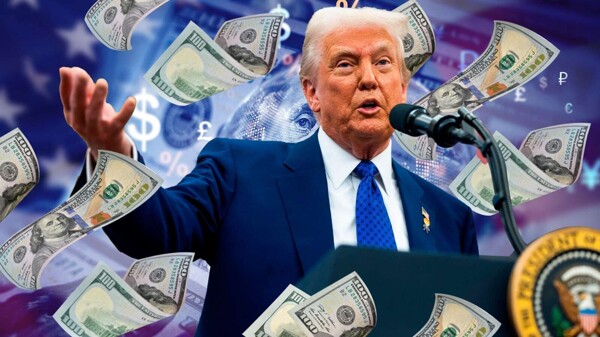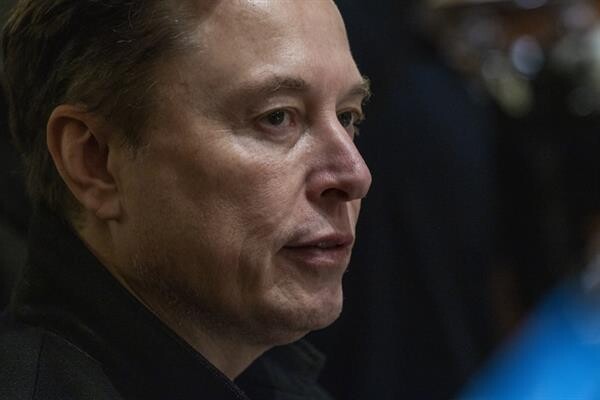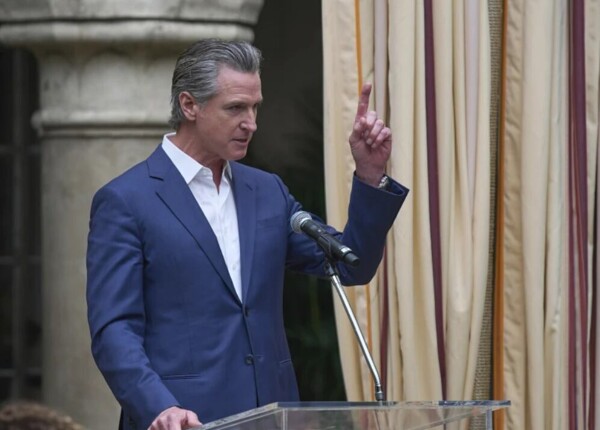
The United States is planning to ask other countries to take measures to limit China’s manufacturing influence and prevent the country from evading the tariffs imposed by Trump. The president's economic advisers are discussing the possibility of imposing secondary tariffs on certain imports from countries with close trade ties to China.
The strategy of the Trump administration seeks to pressure other nations to reduce trade with China amid negotiations over U.S. tariffs. To achieve this purpose, support would be needed from European and Asian countries that maintain significant trade relations with China.
Although Trump has expressed friendship toward Chinese President Xi Jinping and is willing to negotiate a tariff agreement, the idea of pressuring other countries to limit their ties with China is part of an effort to increase pressure on Beijing and promote a change in its economic practices.
The initiative, led by Trump's team, involves collaborating with long-standing partners to corner China. However, the effectiveness of this strategy is still uncertain, as some foreign officials have expressed skepticism about the possibility of reaching agreements in this regard.
Treasury Secretary Scott Bessent is one of the main advocates of this idea and has been involved in negotiations to implement it. Trump mentioned this week the possibility of forcing Latin American countries to choose between China and U.S. investment, reflecting the direction the talks could take.
Despite Trump's announcement of a 90-day pause on increasing tariffs on trade partners, pressure on China remains due to the rising trade tensions between the two countries. Uncertainty persists regarding the United States' ultimate goals concerning China and the possible concessions that could arise during the negotiations.













